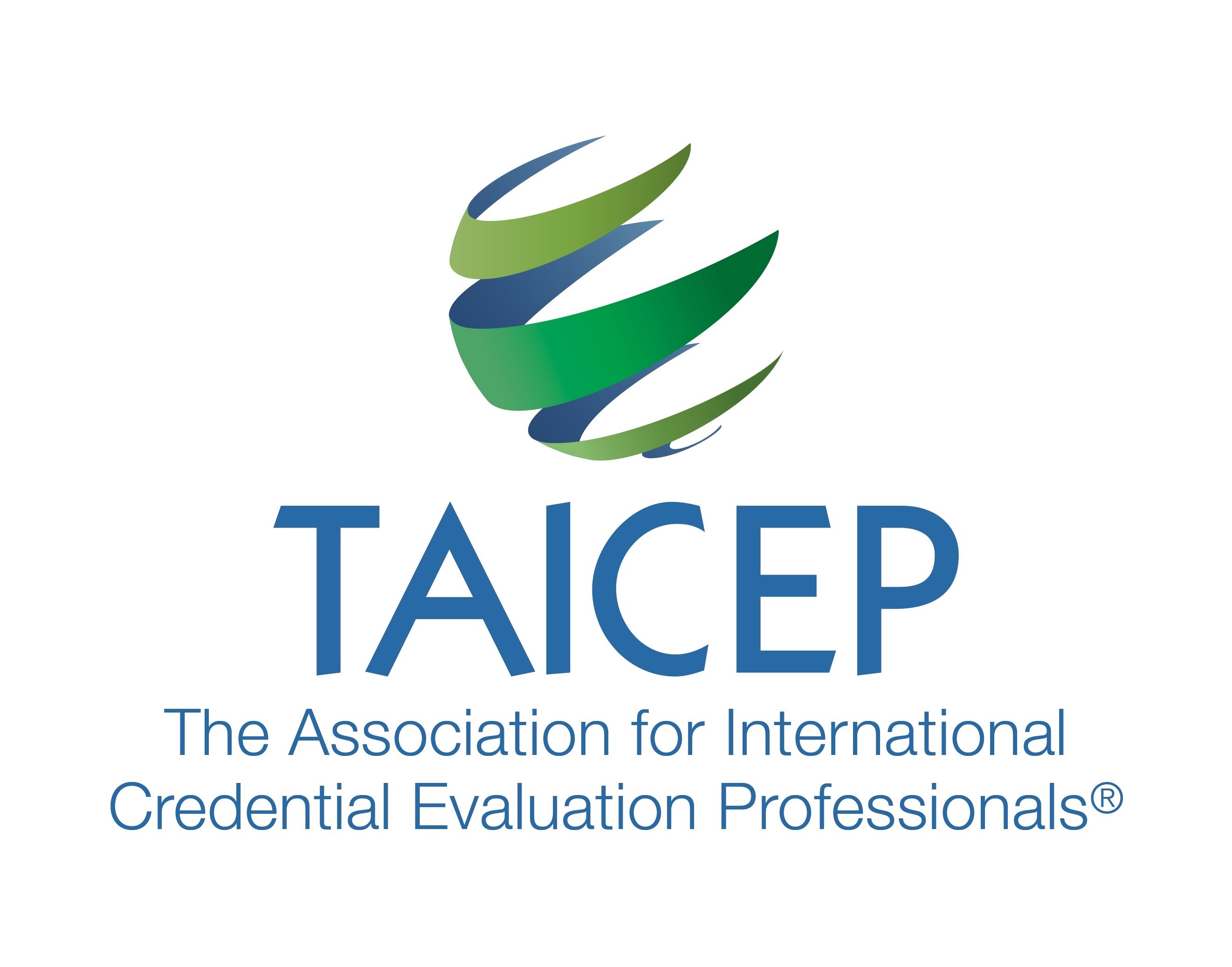Written by Olivea Dodson, Senior Evaluator Transcript Research
There are numerous secondary credentials that also encompass post-secondary education. The following is a basic overview of 2 common (to my office) secondary credentials that carry possible undergraduate credits, the Indian 3-year Diploma and the Russian Diploma of Intermediate Professional Education.
The Indian 3-Year Diploma
First, we are looking at the Indian 3-year Diploma. The most common of these being the Diploma in Engineering, the Diploma in Technology, and the Diploma in Computer Science, although other programs exist.
Secondary education in India is offered at two levels: secondary, which covers grades 8 through 10, and general academic higher secondary, which consists of grades 11 and 12. Because of this two-tiered system, education in India is often referred to as a 10+2 system, where the “10” is comprised of primary and secondary education, and the “2” refers to the upper secondary studies. At the end of both of these levels of education, students in India sit for public examinations that are conducted by the state boards or the Central Board of Secondary Education.
As an alternative to academic upper secondary education, students may pursue a 10+3 technical upper secondary education program through their local state board of technical education and training. The Diploma is a 3-year program that completes the upper secondary education curriculum in a technical field and also consists of first year engineering / technology degree studies.
One of the tenets of credential evaluation is to assess what the student can do with their credential in their home country. In order to pursue further education and employment within India, graduates of a 10+3 Diploma in Engineering program are often eligible to enter into the second year of a 4-year Bachelor degree in a related field at universities in India.
Please note, it is not uncommon for students who have already completed higher secondary education (10+2) and have already earned a higher secondary school certificate, intermediate certificate, or other 12th grade diploma to enroll in a Diploma program. A Diploma from India is usually undertaken by a student who has either not completed the two years of upper / higher secondary education. However, a higher secondary school graduate who has not fared as well on the mathematics or science examinations and would not eligible to enroll in an engineering or technology degree program on the basis of those grades may also complete a Diploma program.
Russian Diploma of Intermediate Professional Education
Next is a review of the Russian Diploma of Intermediate Professional Education (Кесипчилик техникалык билим тууралуу диплом / Диплом о среднем профессиональном образовании).
Basic general education, or Education Stage II, leads to the Аттестат ов основном общем образовании or Свидетельство о неполном общем образовании (Certificate of Basic General Education), which leads to either academic upper secondary education or vocational education.
The Certificate of Basic General Education is comparable to completion of 9th grade in the United States, and grants access to the next stage of education. Education Stage III is offered in both academic and vocational fields.
Professional education in the Russian Federation can be categorized under three different levels: primary professional education (vocational secondary level), middle (non-university higher education) professional education, and higher professional education at the university level (a Specialist diploma program). Non-university higher education is unique in that it is a level of education that falls between lower secondary education and university level education, containing aspects of both. It is an alternative track through which students can qualify for entry into a recognized university in Russia with advanced standing.
Vocational, or professional, upper secondary education in the Russian Federation is offered in two programs. Completion of two years of professional secondary education, referred to as начальное профессиональное образование (Primary Professional Education), leads to the Свидетельство (Certificate). This is considered comparable to completion of a vocational high school diploma and does not grant access to higher education in Russia.
However, students in professional education may continue to Среднего профессиональное образование (Middle Professional Education), which is typically offered at a teknikum (technical school) or kolledzh (college). Usually middle professional education is a 2-year program following completion of the 2-year primary professional education (upper secondary vocational education); alternately, students may enroll in a 4-year program beginning after completion of lower secondary education from ninth grade.
Completion of middle professional education leads to the Диплом о среднем профессиональном образовании, which may be translated as Diploma of Intermediate Professional Education, Diploma of Intermediate (Secondary) Professional Education, Diploma of Secondary Vocational Education, Diploma of Post-Secondary Vocational Education, and Diploma of Non-University Level Higher Education.
Placement recommendations for the United States suggest that the Диплом о среднем профессиональном образовании (Diploma of Intermediate Professional Education) may be considered comparable to a combined vocational high school diploma for the first two years of study and an Associate’s degree in a vocational or technical track for the remainder of the program.
Please note, since no degree plan exists for the Diploma of Intermediate Professional Education studies, educational advisors in the region recommend that only the applicant’s major-related courses be considered for higher education because all general education courses fall under the secondary education curriculum.
In closing, I hope this brief overview of these two credentials helps you navigate them a little easier the next time one comes across your desk.
In this Edition:
Coronavirus and Credential Evaluation: Challenges and Opportunities -April 2020 Newsletter
Innovating the Old World: A Sampling of Digitization in Asia and Europe -April 2020 Newsletter
Secondary Credentials with Undergraduate Credits -April 2020 Newsletter
Conference Night of Service with Janine -April 2020 Newsletter
Alternative Grading -April 2020 Newsletter
Interpreting the Numerical GCSE Grades -April 2020 Newsletter
